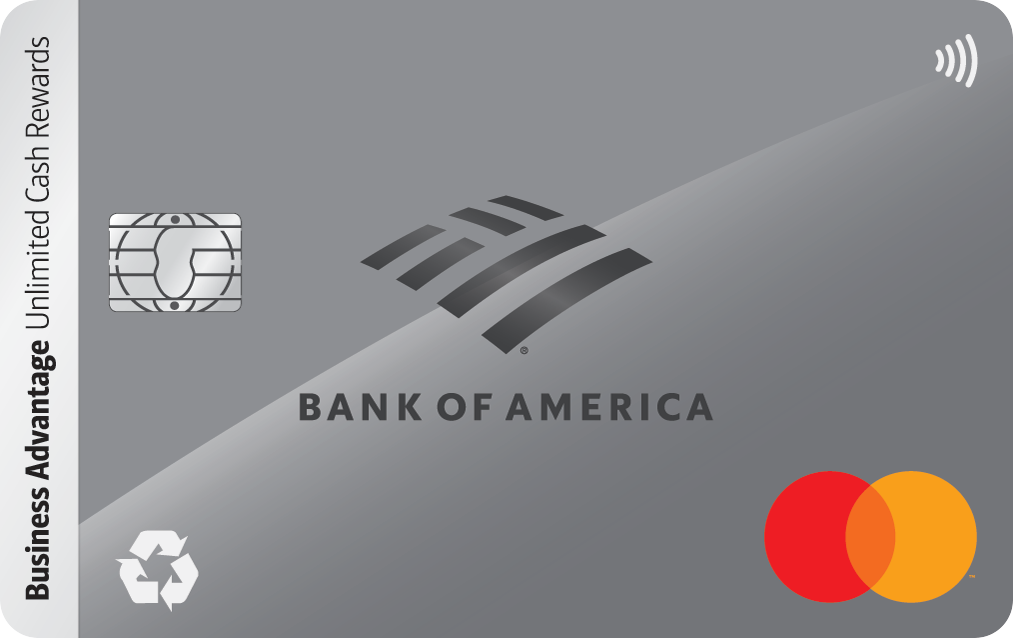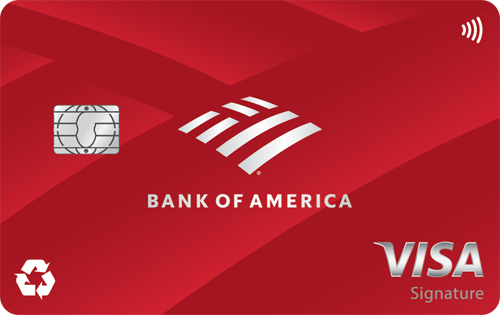$5,000 in Debt? Here's How Much to Pay Monthly With a 0% Intro APR Card

Image source: Getty Images
If you've got $5,000 in credit card debt, you're not alone -- and you're definitely not doomed. The average American credit card balance is now $6,371, according to Motley Fool Money and TransUnion data, and it's still climbing.
In my opinion, the smartest way to tackle that kind of debt is using a balance transfer credit card with a 0% intro APR to knock it out for good. It gives you breathing room, stops interest cold, and lets every dollar you pay actually reduce your balance.
Let's look at exactly how much you should pay each month, and how to use a 0% intro APR card the right way to break the cycle once and for all.
How a balance transfer card actually works
A balance transfer card lets you move your existing credit card debt to a new card that offers a 0% introductory APR.
Most interest-free periods last 12 to 21 months, depending on the card. And during that time, all the payments you make go straight toward principal.
There is a small cost upfront. Most cards charge a balance transfer fee between 3% and 5% of the amount you move. So if you transfer $5,000, you'll pay about $150 to $250 as a one- time fee. But that's usually a small price to pay for the interest you'll save over time.
The main goal here is simple: pay off your full balance before the 0% intro period ends.
How much to pay monthly on $5,000
Most 0% APR offers last 12 to 18 months. The longer the interest-free window, the lower the monthly payment you'll need to clear your debt.
Let's say you transfer a $5,000 balance (with a 5% balance transfer fee), here's what your monthly plan could look like depending on the offer you get:
| 0% APR Window | Monthly Payment |
|---|---|
| 12 months | $437 |
| 18 months | $292 |
| 21 months | $250 |
If your balance is higher or lower, the math is simple. Take your total balance and divide it by the number of months in your 0% intro APR window.
Just remember to factor in the balance transfer fee, which typically runs 3% to 5% of the amount transferred. It's usually added to your balance upfront once the transfer goes through.
Finding the right card makes all the difference here. Some offer longer 0% intro APR windows or lower transfer fees, which can give you more time and lower payments. Explore today's best balance transfer cards and see which one fits your payoff plan.
How to use a balance transfer card the right way
A 0% intro APR card can truly work wonders. But only if you treat it right and use it with a plan.
Here are a few quick tips for a successful balance transfer:
- Don't add new debt. This card isn't for spending -- it's your "debt payoff" tool, so lock it up in a drawer if you have to.
- Automate your payments. Set up autopay for the exact amount you need each month and make sure it's a priority as soon as you get your paycheck.
- Track your timeline. If you've got 18 months interest-free, set reminders every few months to check your progress. Visual charts and trackers work well and can help you stay motivated!
- Commit to changing habits. Whatever the reason is that you accrued debt in the first place, make sure it doesn't happen again.
If you do it right, you'll not only save thousands in interest, but also become debt-free once and for all.
Take control of your balance -- starting now
A 0% intro APR balance transfer card gives you breathing room by freezing interest and letting your payments finally make a real dent.
A year or two from now, you could be completely debt-free. The choice (and the opportunity) is right in front of you.
Pick a card, move your balance, and start chipping away today. Every month you act is one less month you're paying 20%+ interest.
See today's top 0% intro APR cards and take your first step toward a debt-free future.
Our Research Expert



